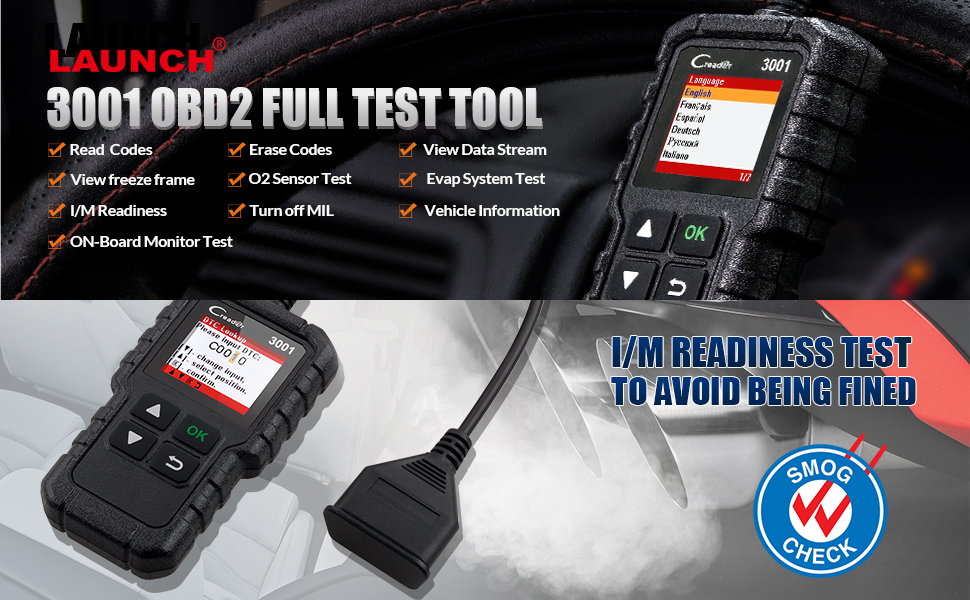

It returns the minimal aligned bounding box for a Revit scope box element. I implemented a sample command SetSectionBox to test the concept, and a method GetScopeBoxBoundingBox to extract the scope box line geometry data, create a bounding box from that, and assign it to the view section box. You need to figure out the exact size and orientation from those twelve lines, and then decide how they should determine the view section box. The scope box Location property data is not accessible, so you can't use that.Īs far as I can tell, the only thing you have to go by is its geometry definition.Įxploring the scope box geometry in RevitLookup, you can see that it consists of exactly twelve lines, the edges of the scope box Step 1 requires reading and interpreting the scope box data.
LAUNCH SCOPEBOX PRODUCT REVIEW HOW TO
Step 2 is demonstrated by the discussion on how to

is trivial: you simply say view.SectionBox = newSectionBox as shown below.
LAUNCH SCOPEBOX PRODUCT REVIEW PLUS
a transform plus minimum and maximum values describing the location, orientation and size of the box. The key is setting up the view SectionBox property properly. I actually already showed how to set up a view section box discussing how toĬreate a section view parallel to a wall. specifying exactly how the model is cut in the current 3D view.

In fact, we show how to use the manually adjusted scope box to define the view section box, i.e. How to set the exact geometric location, size and orientation of the 3D view section box.How to retrieve the exact geometric location, size and orientation of the scope box.Here is a case that I really like, demonstrating two interesting aspects:


 0 kommentar(er)
0 kommentar(er)
